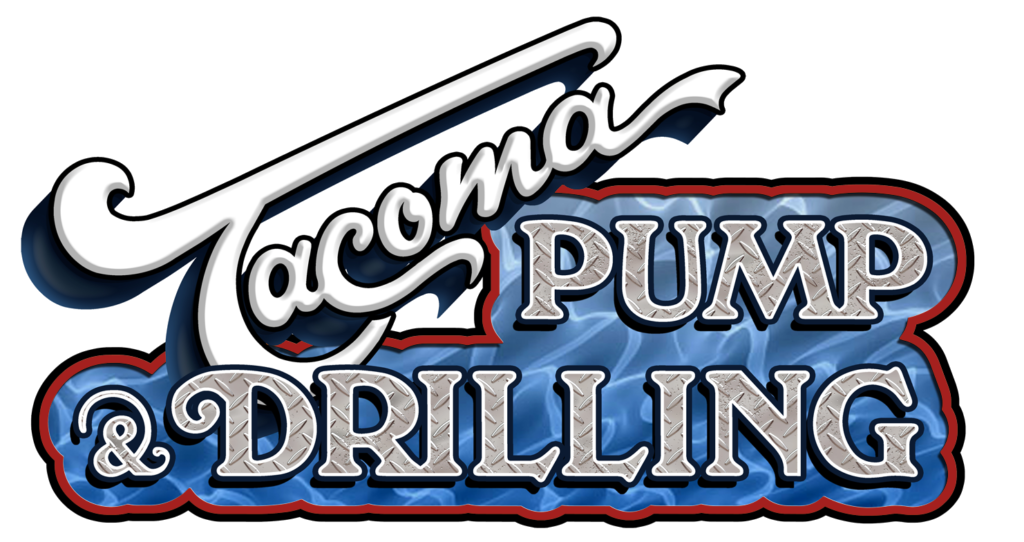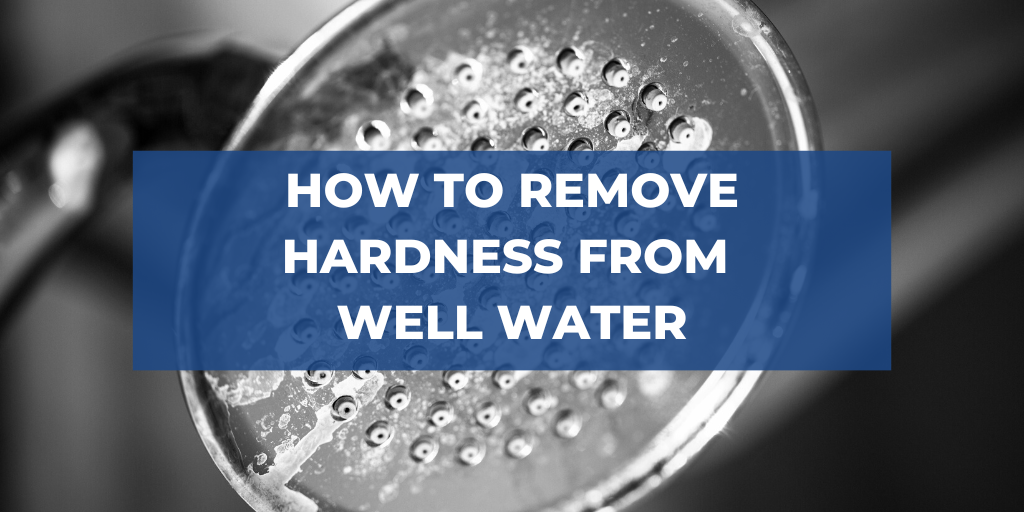Hard water is caused by a high concentration of dissolved minerals in your water supply. While the Pacific Northwest experiences only moderately hard water, in general, private well owners often experience a higher mineral content than those on municipal water. When water hardness gets out of hand, however, all is not lost. There are a few ways to remove hardness from well water and keep your appliances and systems functioning properly.
Why is there Hardness in Well Water?
Hard water impacts over 85% of households in the United States. Regions with a high concentration of limestone experience more significant water hardness. This is because hard water is caused by dissolved minerals, mainly calcium and magnesium. Limestone has a high calcium content, making areas with limestone in the bedrock some of the hardest water content in the country.
While there is high calcium limestone in Eastern Washington, why does your Western Washington well also experience hard water? Your well utilizes groundwater, our incredible water supply that exists below the earth’s surface. Groundwater is found in the pores, cracks, and crevices in the rock and soil. As it travels, it collects dissolved minerals from the surrounding materials. These minerals make it into your well which then supplies your home with water.
The Negative Impact of Hard Water
Hardness in well water is measured by grains per gallon. Moderately hard water, like much of our region experiences, is 3 to 7 grains per gallon. Hard water is 7 to 10 grains, and extremely hard water is anything over 10 grains per gallon.
Even moderately hard water can have an impact on your home. Hard water causes mineral and sediment deposits in your pipes and appliances. This buildup reduces the lifespan of appliances such as dishwashers, washing machines, and even fixtures such as your showerhead.
Other negative effects of hard water include soap buildup on your skin (even after rinsing), dingy and deteriorating clothes, and scale on faucets, fixtures, and appliances.
If any of these apply to you, it may be time to double-check your well water. You can even spare your appliances from a short lifespan by following these tips and removing hardness from your well water.
Removing Hardness from Well Water
There are two main ways to remove hardness from well water. The first is to use a water softener.
Salt-based water softeners use a process called ion exchange to remove hard minerals from the water. The process exchanges hard minerals with sodium chloride (salt). Water softener systems, while pricy, get the job done well. The softened water no longer poses a threat to your appliances and fixtures. However, in place of the hard minerals, some softeners add very large amounts of sodium back into the water. If that doesn’t sound appealing, then you may be interested in the second option.
Option two for removing hardness from well water is to invest in a descaler. Also called a water conditioner, descalers remove excess minerals from the water. Instead of entirely removing hard minerals and replacing them with salt, descalers still leave a certain amount of minerals in your water. This can be a great option if you enjoy the health benefits of mineral content in your water.
When you’re only experiencing low to moderate hardness in your water, is a descaler or softener really necessary? These lower levels of minerals can still have an impact on your home but don’t necessarily require extreme descaling measures. Some great solutions for combatting things like calcium scale and hard water stains include wiping surfaces dry, lowering your water temperature, or using vinegar. A cup of vinegar run through your dishwasher can help eliminate some of that mineral buildup.
For more tips on how to manage hard water as a well owner, check out our other resources, including 5 Ways to Prevent Hard Water Buildup.

